Where do I go? Easy access to LGBTI support in the workplace.
LGBTI employees may find themselves in sticky situations on a daily basis, some harsher than others, but the accumulative impact of micro-aggressions and discrimination can have a significant impact on one’s wellbeing and mental health. Unfortunately, in the 2016 Australian Workplace Equality Index (AWEI) Employee Survey, only 45% out of the 10 lowest ranking number confirmed that they knew where to go for more information about LGBTI inclusion. How do we make these paths for reaching out easier and more accessible?
Here is an experiment you can run: take three new employees and ask them to act on the following scenario – their closest workmate had a chat with them and told them they were gender diverse and thinking about transitioning. They seemed anxious and depressed, and this process has a major impact on their wellbeing. You want to help. Now go to the organisation’s intranet and find two people you are absolutely confident your friend can contact and get support from as an LGBTI individual, one from HR, one not.
Now sit down and have a look at how they try to get this information from the intranet. Where do they go first? What is the logic that guides them? Do they start with the HR page? Do they go to the diversity page? Is there a designated LGBTI area? Is it clear and easy to find? What comes up when you type LGBTI support in the search field?
This first part of the experiment will help you assess how accessible the information is to all staff. It is important to note that the specific scenario was not chosen without thought.
First, the reasons why the AWEI asks for LGBTI friendly contacts that are both HR and non-HR are to do with confidentiality, disclosure and safety. Some people might want to have an off-the-record conversation with a colleague or a manager who can provide some insight about the organisation’s approach, without worrying about their personal files or policies and procedures. Some will feel more comfortable talking to a HR contact that can help refer them to the organisation’s policies and track record in LGBTI inclusion and assist them with references to relevant information for their situation.
Second, LGBTI individuals are the ones who will usually seek out help and support, however everyone might find themselves in situations where other people in their lives may need support and assistance, and all employees need to be able to access this information. Many times we see great intentions translated into poor structures as HR/D&I individuals are convinced that the platform they created is accessible and easy to find without actively testing the waters. When it comes to support, it is vital that you are able to find what you are looking for quickly and easily. Reaching out is incredibly difficult and challenging for many people, which means that every additional click/phone call/question that stands between them and getting support may serve as another indicator that it is not safe for them to be their full self within your workplace. If you can reach support easily via your intranet home page while following a clear, logical, and intuitive path – you nailed it. Anything more complicated than that may be counterproductive.
Now to the second part of the experiment. Let us say that all three of your new staff got to a list of LGBTI-friendly contacts, including HR and non-HR, and provided you with two names as requested. Keep enquiring: are you sure these people can effectively manage gender affirmation processes or advice related to them within your workplace? Are you sure your friend can trust them to use inclusive language and to refer to them appropriately? Are you sure confidentiality will be kept? How do you know this? How did you assess the emotional safety required for such sensitive processes?
Once again, we need to walk in the shoes of an LGBTI person in need, or someone who is trying to access necessary support or information. The bottom line here is that explicit language is vital in order to create a level of safety and accessibility for LGBTI people and peers. It is not enough to just provide the names and numbers, it is essential to also mention credentials, relevant training, confidentiality, processes etc. Do not assume that people know or will assume these things. The contrary works – assume they know nothing, and provide them with all the information you can in order to make it easier to make a very hard decision – reach out, come out.
The good news is that these structures do exist and operate successfully in some of our member organisations. In comparison to 45% of the employees in the 10 lowest ranking members who knew where to go in order to seek information about LGBTI inclusion, a whopping 87% knew where to access this information in our 10 top ranking organisations. This is a strong reflection and demonstration to how LGBTI inclusion permeates to different layers of the organisation over time. Taking into consideration that the 10 top ranking members have been working with Pride in Diversity for a number of years, they have had the time, and often a number of AWEI submissions to fine-tune their structures, policies and procedures for maximum impact. Constant exposure to events, executive sponsors, visual inclusion cues, information, policies, training sessions and other initiatives create an environment in which reaching out is simpler and safer for LGBTI employees.
It is important to rely on the recommendations in the AWEI, as they stem from years of experience of organisations that have been with Pride in Diversity since its inception in 2009. These high resolution items carry the same spirit of visibility, accessibility and clarity, and provide LGBTI employees with an experience that counteracts their inherent sense of exclusion and replaces it with inclusion and safety. Isn’t that what we all want from our employer?
Shai Feniger, a Relationship Manager for Pride in Diversity, comes with over 15 years of experience working and volunteering with marginalised groups, with a focus on LGBTI, Indigenous peoples and mental health. He is experienced with Team Management, Program Development, Training and Facilitation, Community Development and Service Provision, and with experience in LGBTI inclusion in the workplace.
Direct: +612 9206 2196 | Switch: +612 9206 2000 | Mobile: 0419 583 034
Email: sfeniger@acon.org.au
